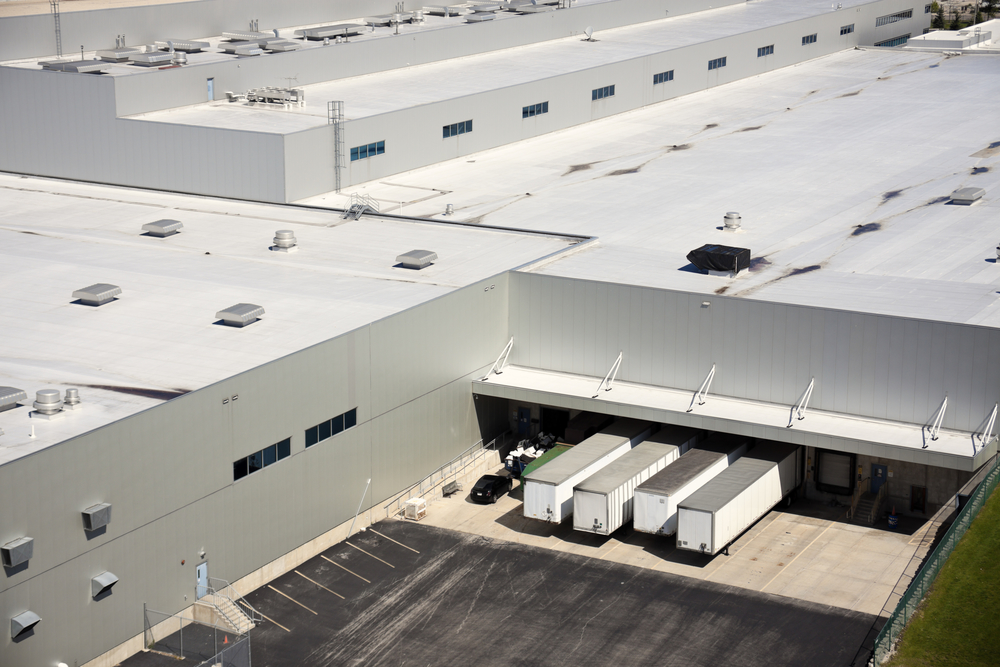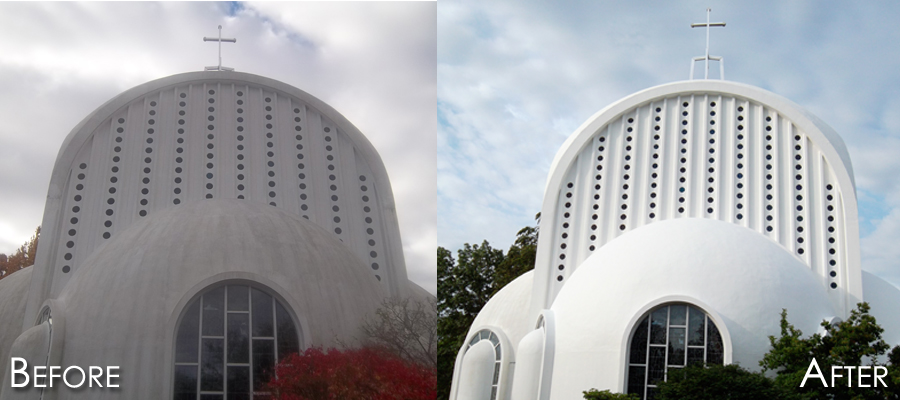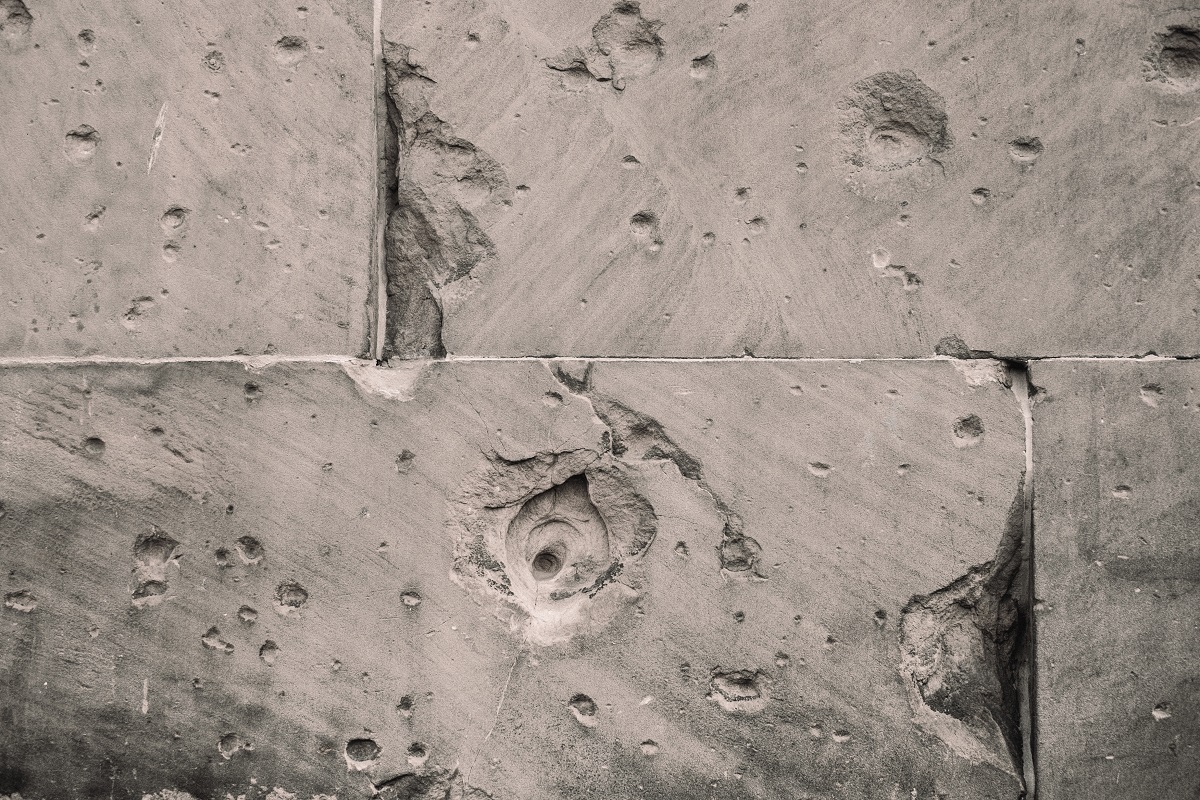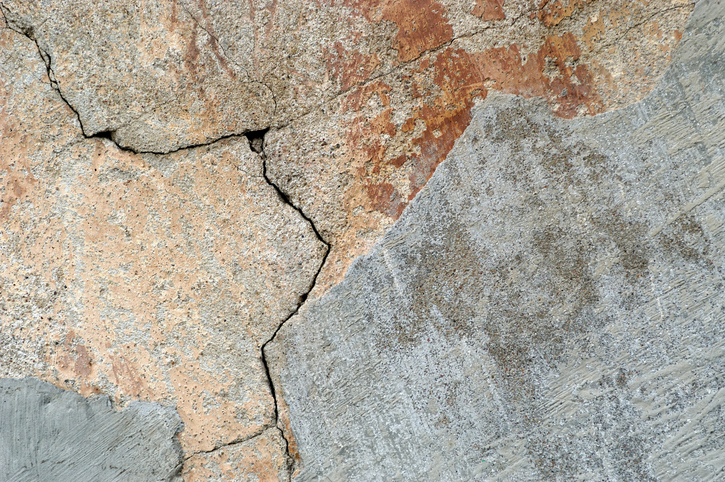
Cracks in Concrete
You’ve heard it all before: cracks in concrete are inevitable, and they’re common. While property owners may feel at ease over the state of their concrete, far too many unwittingly avoid addressing developing concrete issues that can eventually turn into major problems. What’s unfortunate about this is that many concrete replacement projects could have easily been avoided with earlier intervention. But repairing concrete is much less costly than replacing it, and it’s imperative that you understand what the cracks in your concrete are telling you if you want to keep your property maintenance costs low.
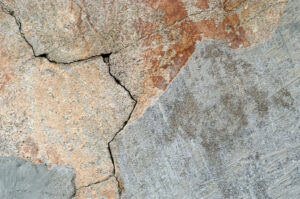
Normal Shrinkage Cracks
A simple explanation of how concrete functions during the drying and curing process may be all that you need in order to understand how to differentiate normal cracks in concrete from problematic ones. As you know, during mixing, water is combined with sand, cement, and aggregate to form the concrete mixture. After the mixture has been applied, that water evaporates, causing the aggregate particulates to move closer together and harden. Because external temperatures differ from those of the underlying layers, the surface layers dry faster. This produces tensile stresses between the upper and lower layers that can only be relieved through cracking. The cracks in concrete that result from this process are known as shrinkage cracks, and are the same ones that are referenced when people refer to the inevitable cracking of concrete. They need not cause any major concerns when they first appear.
Spotting Problem Cracks
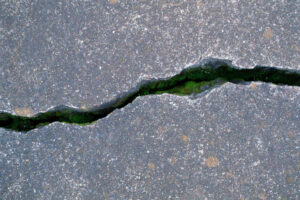
There are other types of cracks in concrete that should worry you, as they can be the signs of potential foundation or structural issues. How are you to differentiate them from shrinkage cracks? Look for any of the following signs:
- The crack continues in an uninterrupted linear pattern that extends out longer than one to two feet.
- You can clearly see that the crack extends all the way through the slab.
- A vertical displacement exists between to cracked slabs.
- Corrosion or rust from the components reinforcing the concrete is visible at the surface near the crack.
There really is no great mystery to avoiding costly problems with your concrete once you know what signs to look for. Any of the aforementioned signs could indicate a number of issues occurring within or beneath your concrete.After performing your own visual inspection, a concrete specialist can help take corrective action to address it before slab replacement is needed.
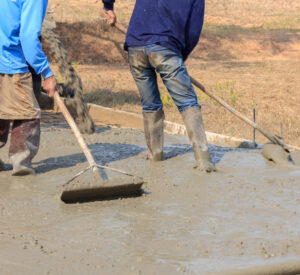
If you feel it is time for professional assistance, our team of specialized concrete technicians at Atlantic Restoration are happy to help address the issue. To schedule an appointment for one of our specialists to come out and inspect your property, reach us 617-622-5946.
Contact Us
continue reading
Related Posts
Maintaining a reliable, sturdy roof and scheduling any necessary roof […]
When you are in the property management business, it is […]

